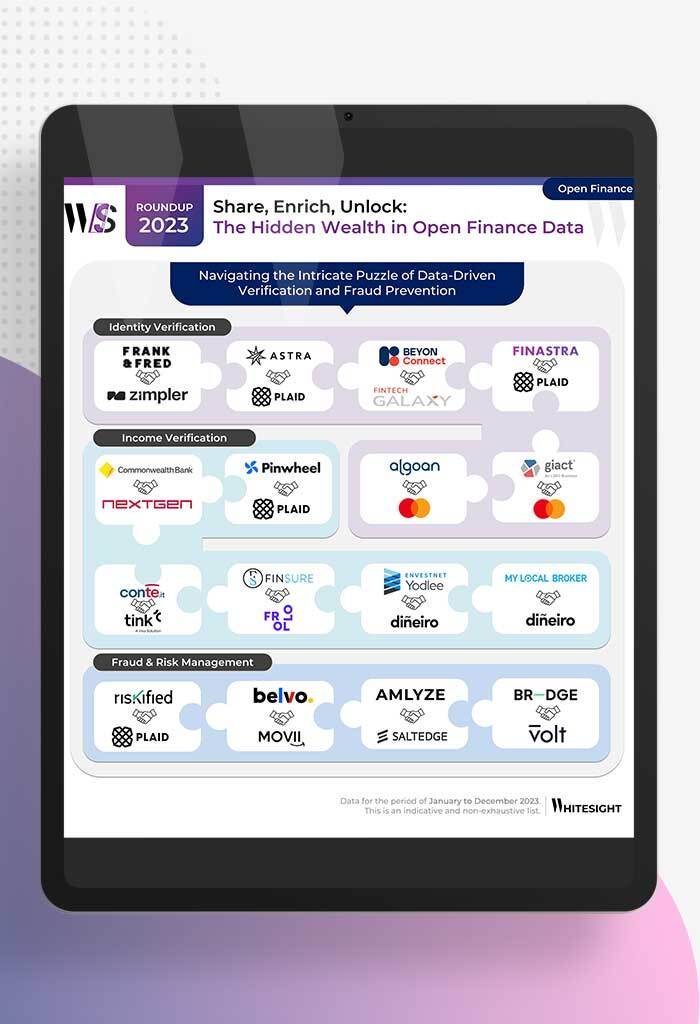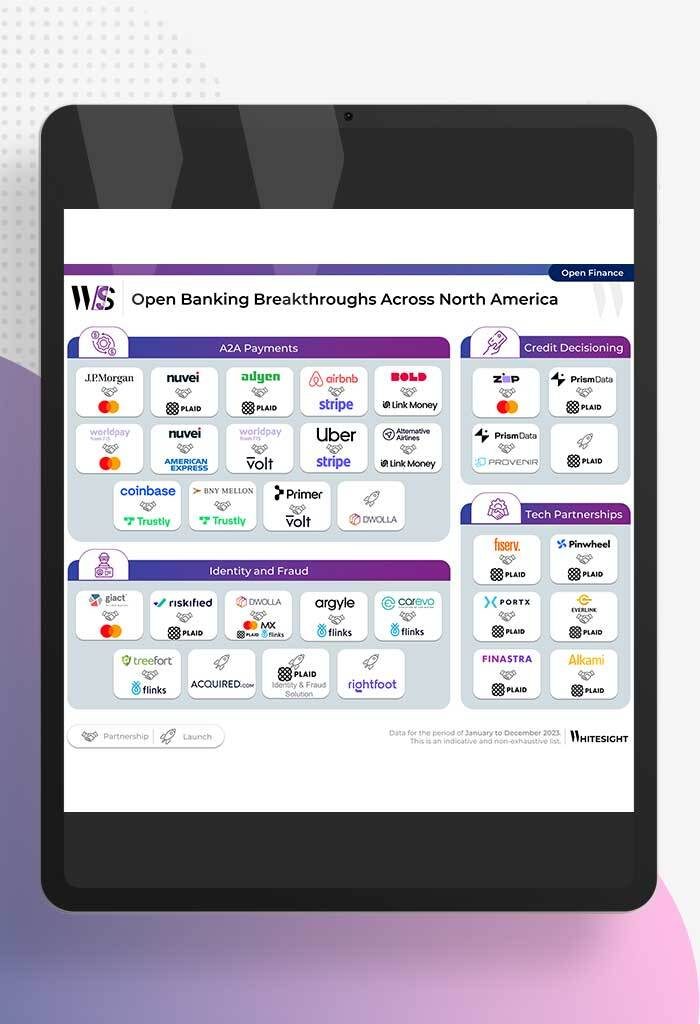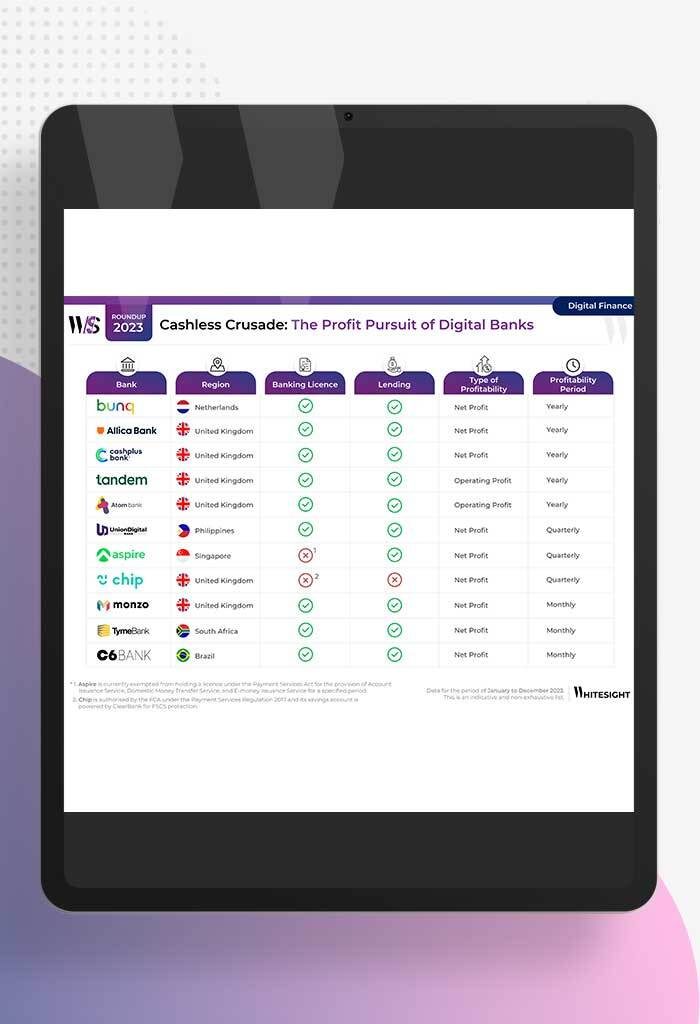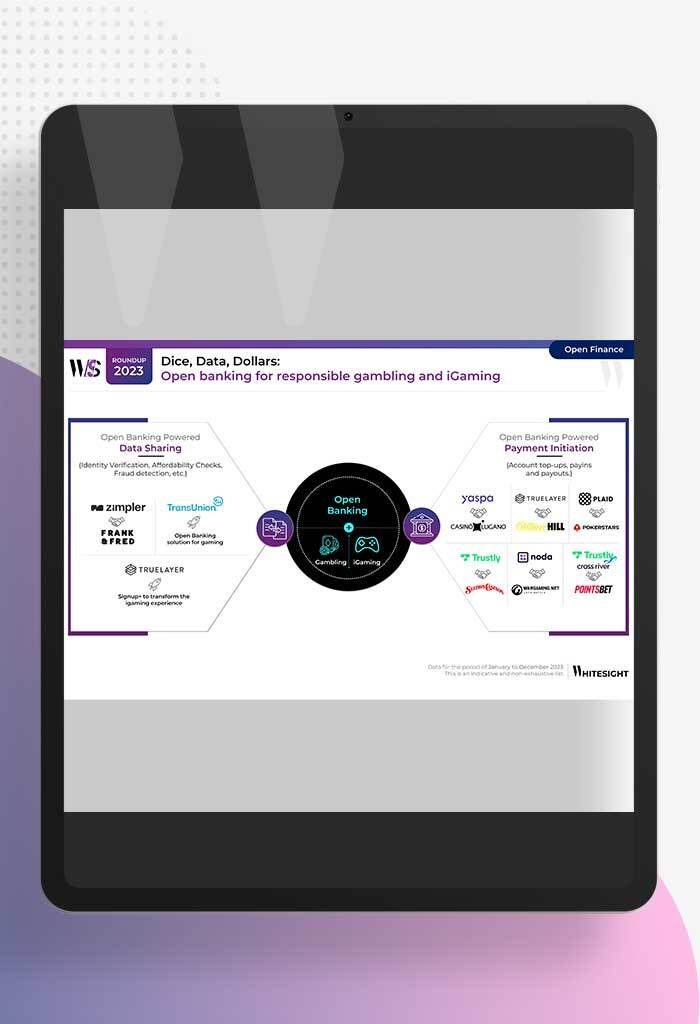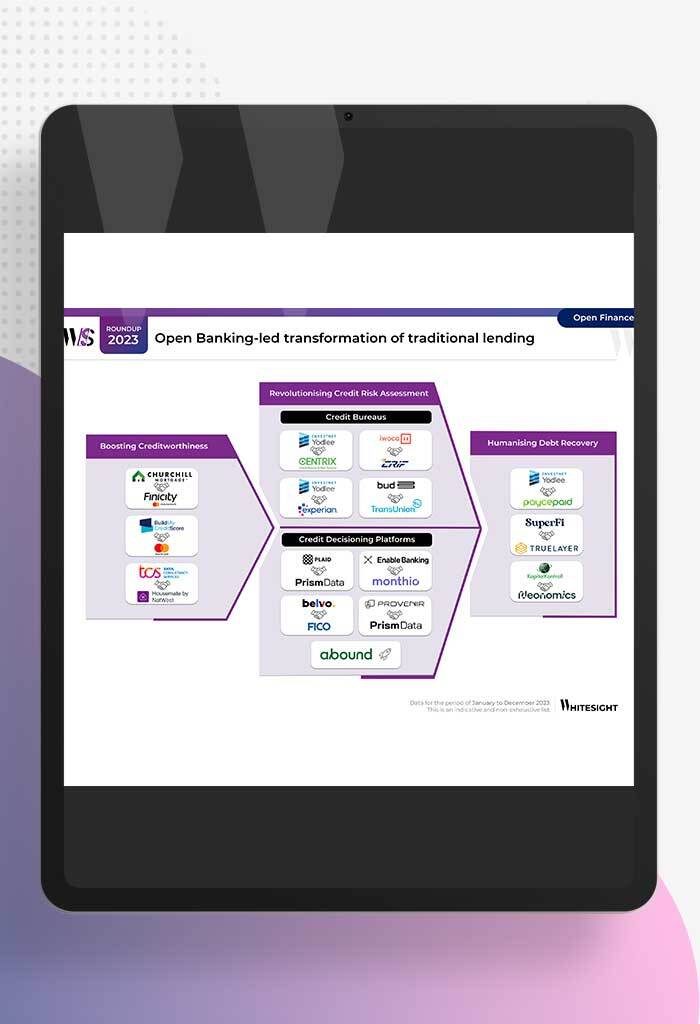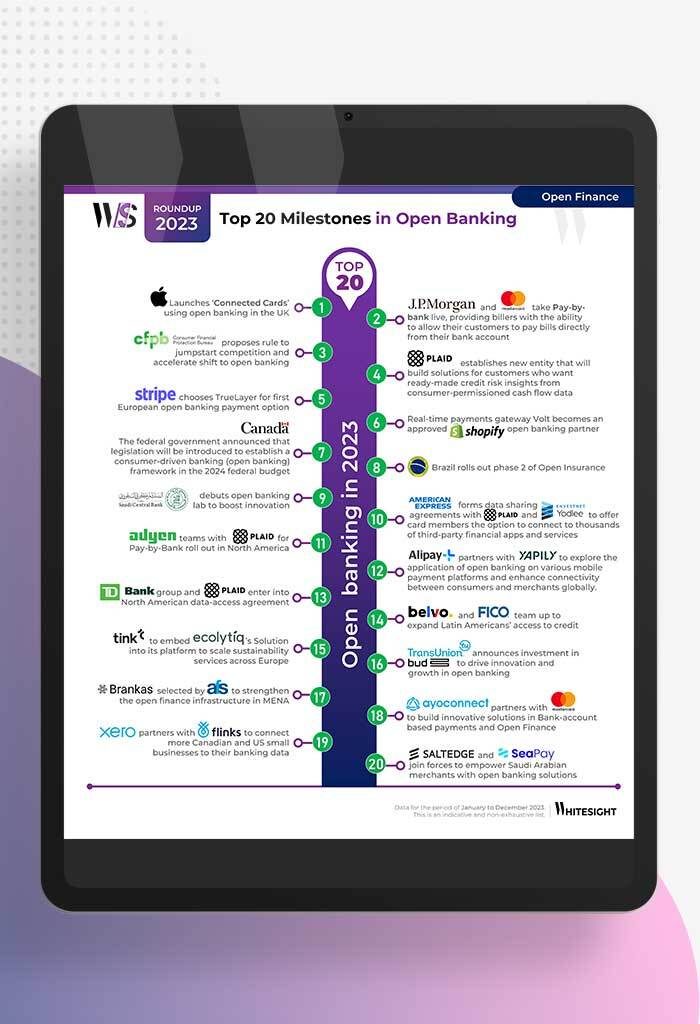Cracking the profitability code of successful digital banks
- Sanjeev Kumar and Samridhi Singh
- 8 mins read
- Digital Finance, Insights
Table of Contents
The rise of digital banks has been one of the most significant trends in the financial services industry in recent years. While many digital banks have gained a significant following among digital-savvy consumers, the truth is that profitability remains elusive for most of them. In fact, only a handful of digital banks have been able to register profitability.In today’s environment, profitability is paramount for the continued survival of digital banks. High inflation and interest rates affect the cost of capital and credit, making it challenging for digital banks to operate with low margins. Secondly, venture capital funding for digital banks has decreased, making it challenging for them to sustain growth without generating consistent profits. Finally, regulatory scrutiny on the profitability of digital banks is increasing, with authorities requiring them to demonstrate a sustainable business model.This blog will explore the various factors that contribute to the profitability of digital banks, such as lending, technology monetisation, SME banking, customer base monetisation, and marketplaces, and how they can help digital banks achieve their growth goals.Disclaimer:The scope of this study is limited to digital banks that operate and report their financials as standalone entities, even when they are owned by financial or non-financial organisations. […]
This post is only available to members.
Already a subscriber? Log in to Access
Unlock this blog
Gain exclusive access to this blog alone.
Radar Subscription
Select a membership plan that resonates with your
goals and aspirations.
Not Ready to Subscribe?
Experience a taste of our expert research with a complimentary guest account.
We publish new research regularly. Subscribe to stay updated.
No spam.
Only the best in class fintech analysis.
Related Posts
- Kshitija Kaur and Sanjeev Kumar
From Data Streams to Enriched Data Fountains Remember the early days of plumbing? Water flowed freely, but its quality was...
- Samridhi Singh and Sanjeev Kumar
North America’s Open Sesame: Use Cases Bloom Open banking has garnered significant attention in recent years, and at Whitesight, we’ve...
- Samridhi Singh and Sanjeev Kumar
Profitability Unlocked: Licences, Service, and Survival The rise of digital banks has sparked a paradigm shift in how we perceive...
- Sanjeev Kumar and Risav Chakraborty
High stakes in the gambling sector The online gambling industry is booming, with a projected market size of $107.3B by...
- Sanjeev Kumar and Risav Chakraborty
Open Banking-led Transformation of Traditional Lending In 2023, a wave of innovation swept through the lending industry, thanks to several...
- Sanjeev Kumar
Unmasking Open Banking’s Game Changers in 2023 2023 has been a pivotal year in the world of open banking, marked...
